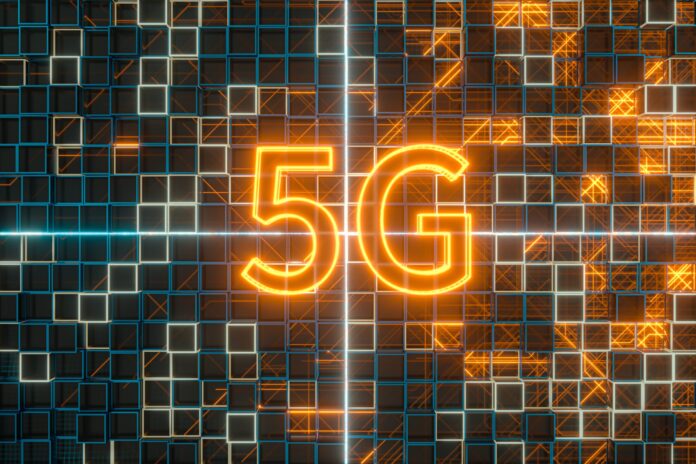BT said that all 4G and 5G data sessions and voice calls are now delivered by non-Huawei core equipment’
U.K carrier BT Group missed the deadline previously imposed by the government to move data flows off core network equipment made by Chinese vendor Huawei Technologies, according to a Bloomberg report.
“All 4G and 5G data sessions and voice calls are now delivered by non-Huawei core equipment – meaning that over 99% of all core traffic is now being served by non-Huawei kit,” Bloomberg quoted a BT spokesperson as saying.
The carrier explained that the remaining 1% of data is on old 2G and 3G networks. The overall process required the migration of a total of 30 million active customers, the carrier added.
BT Group, which owns mobile carrier EE, previously said that complying with U.K’s restrictions on Huawei would cost nearly $635 million.
BT said it is making good progress to migrate the remaining data but did not provide an estimated date for the completion of the migrating process.
The report also revealed that operators failing to fulfill with the target could face fines of up to 10% of their revenue, or $126,560 for every day they aren’t compliant.
The U.K. government had previously announced an intention to ban the use of Huawei equipment in the telcos’ 5G networks in 2020 due to security concerns, initially setting a deadline of January 2023 to remove the vendor’s kit from the core. However, it then granted an extension of six months to end-July for the core element, which was then extended to December 31, 2023 following an appeal from BT.
In 2020, the U.K. government announced that Huawei’s gear will be completely removed from the country’s 5G networks by the end of 2027, following recommendations by the National Cyber Security Center (NCSC) on the impact of U.S. sanctions against the telecommunications vendor.
The move represented a complete U-turn for the U.K. government, which had previously allowed Huawei to continue providing equipment to local 5G networks, with certain restrictions. In January 2020, the government had said that the Chinese vendor would be banned from supplying equipment to core parts of 5G networks and that it would be allowed to have a minority presence of no more than 35% in the 5G Radio Access Network.
In May 2020, the Bureau of Industry and Security (BIS) of the U.S. Department of Commerce announced plans to restrict Huawei’s ability to use U.S. chipmaking equipment and software to design and manufacture its semiconductors abroad. Huawei was added to the Entity List in May 2019, after the Department of Commerce concluded that the vendor was engaged in activities that were contrary to U.S. national security or foreign policy interests.
U.K. experts had reviewed the consequences of the escalated U.S. sanctions and concluded that Huawei would need to do a major reconfiguration of its supply chain, as it would no longer have access to the technology on which it relied at the time, and that the restrictions would make it “impossible” to continue to guarantee the security of Huawei equipment in the future.

